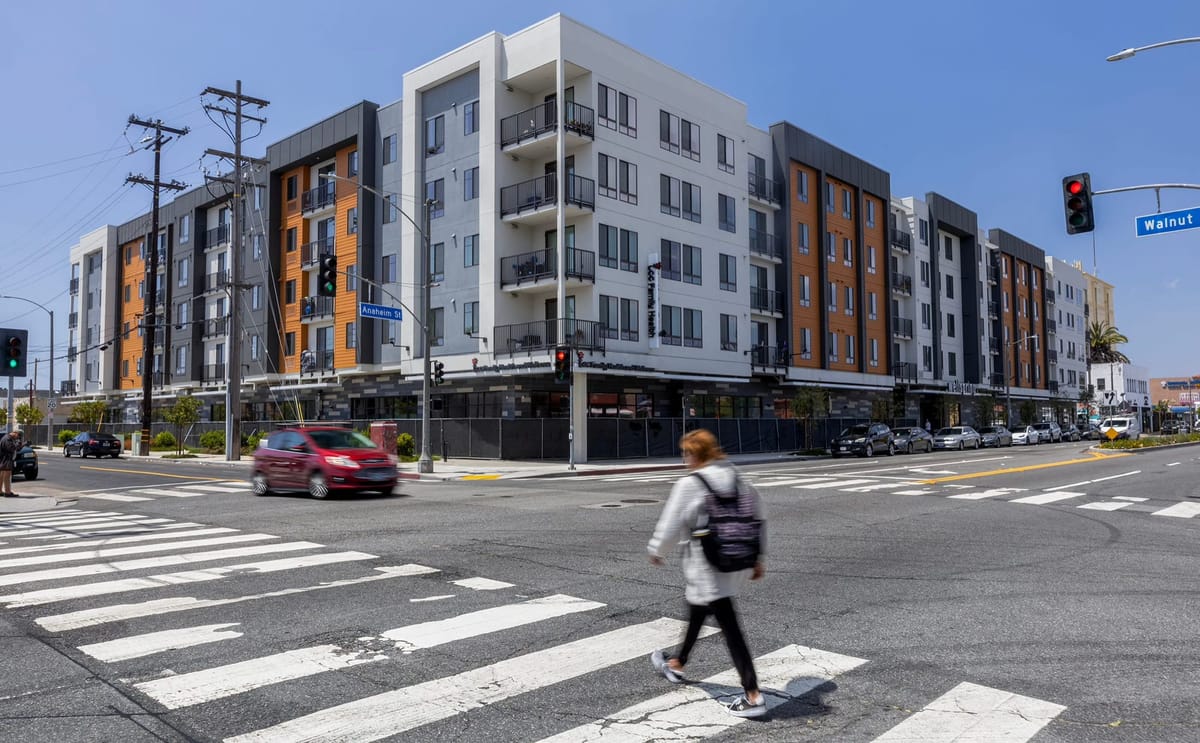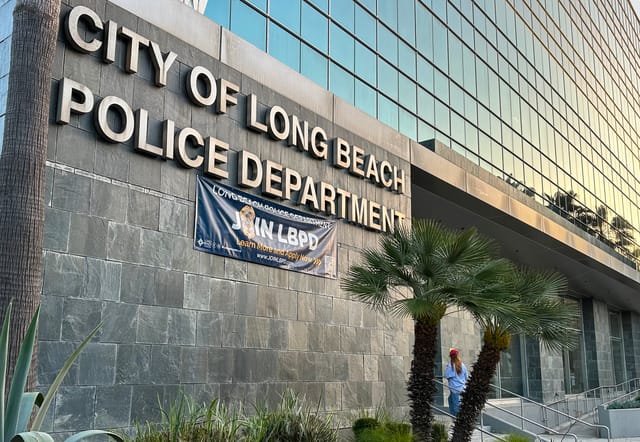Expanding affordable housing mandate in Long Beach to be discussed at upcoming forums
The City Council could vote on expanding the city's inclusionary housing ordinance later this year and the city is hosting a series of forums to discuss housing policies in Long Beach.

A new affordable housing mandate that could require developers to include units for lower-income households in new developments across Long Beach could be adopted by the end of the year but residents will be able to give their input on the issue in three upcoming forums.
The Long Beach Community Development is hosting the first housing policy forum Saturday, Aug. 24 at Houghton Park where it is inviting residents and other stakeholders to learn about the proposed policy expansion and share their thoughts on the city’s efforts to increase affordability.
The Long Beach City Council adopted an inclusionary housing ordinance in 2021 that required new developments in Downtown and midtown to include 11% of total units for very low-income households.
In 2024 figures, those income limits are $69,350 for a family of four.
The law included a three-year phase-in that allowed city officials to track the effect of forcing developers to include affordable units in their projects and it hasn’t seemed to slow project entitlements. Since 2021, more than 2,300 units were entitled in the two affected areas but just 168 of those units were made affordable through the new mandate.
In June, a City Council commission was presented with a proposed plan to expand the mandate citywide with city staff preferring a staggered approach of what type and how many affordable units would be required in new projects depending on what part of the city they’re being built in.
Under that proposal, projects being built in the highest resource areas, those with low pollution and access to open space would require the same 11% of units for very low-income households.
However, those in moderate resource areas would require 6% for very low-income households and 3% for low-income households as well as another 3% of units for moderate-income households.
Projects proposed in low-resource areas and those with a history of high segregation and poverty would require a 19% set aside for moderate-income households.
The annual income limits for low-income and moderate-income households are $110,950 and $117,850 for a family of four, respectively.
That plan was presented to the Planning Commission Thursday during a study session where some commissioners questioned if the expansion should have the same three-year phase-in that the Downtown and midtown areas had.
Affordable housing advocates called for the city to expand the mandate but said that there should be a minimum of 11% for very low-income households citywide. Long Beach was given a directive by the Southern California Association of Governments to create space for over 26,500 units by 2029.
The Regional Housing Needs Assessment called for a combined 15,309 of those units to be for very low-income (7,122), low-income (4,038) and moderate-income households (4,149). However, most of the city’s housing production in recent years has been market rate.
“It’s clear from the data and what has happened that the market can bear it and the development community could absorb these needs,” said James Suazo, executive director of Long Beach Forward. “So we want to ask ourselves especially as the landscape has changed is, is the medicine strong enough?”
Other advocates questioned whether the good intention of requiring affordable units in high-resource areas might result in fewer projects being built overall as developers shy away from areas that might cut into their profit margins.
The Planning Commission is tentatively scheduled to vote on the proposed expansion of the inclusionary housing policy at its Sept. 19 meeting and the issue could be before the City Council for final adoption by mid-November.
If approved by the council, the new policy would take effect in January and any projects submitted after the effective date would be subject to including affordable units into their designs.
But how many units will depend on whether the expansion is phased in or if the council opts to require the maximum number of units starting in January or the ramp-up model the city used when it rolled out the policy in 2021.
Here’s a list of the upcoming housing policy forums:
-Saturday, Aug. 24 at Houghton Park 10 a.m. to 11:30 a.m. (6305 Myrtle Ave.)
-Wednesday, Aug. 28 at Long Beach Energy Resources 6 p.m. to 7:30 p.m. (2400 Spring St.)
-Thursday, Sept. 12 at McBride Park 6 p.m. to 7:30 p.m. (1550 Martin Luther King Ave.)

We need your support.
Subcribe to the Watchdog today.
The Long Beach Watchdog is owned by journalists, and paid for by readers like you. If independent, local reporting like the story you just read is important to you, support our work by becoming a subscriber.





